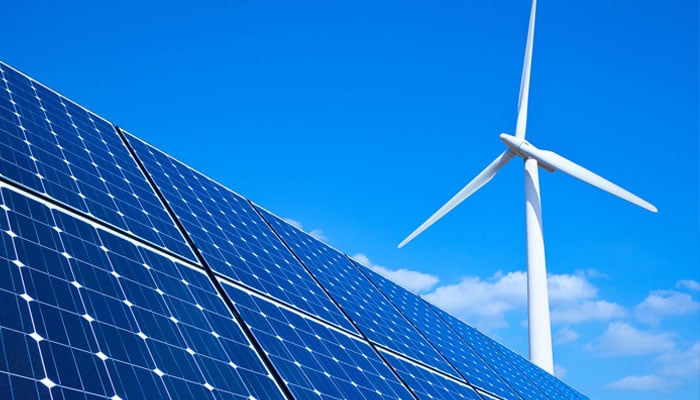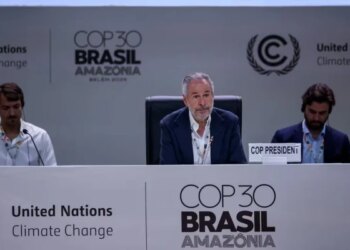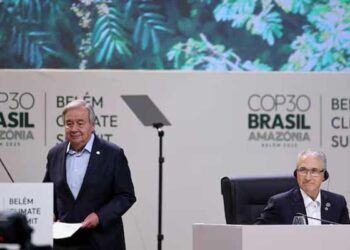Select Language:
New information from the climate think tank Ember reveals that in 2024, clean energy sources contributed over 40% of the world’s electricity. This is the highest percentage we’ve seen since the 1940s, according to a report from the BBC.
However, this surge in renewable energy coincided with a record high in global carbon dioxide (CO2) emissions, which reached 14.6 billion tonnes.
This increase in emissions is largely attributed to a 4% rise in global electricity demand last year, driven by particularly hot weather during heatwaves.
“Solar energy has emerged as the driving force behind the global energy transition,” said Phil Macdonald, managing director of Ember. He added, “While the increase in fossil fuel generation in 2024 was influenced by higher temperatures, we are unlikely to see a similar rise in 2025.”
Notably, solar energy has been the fastest-growing electricity source for 20 consecutive years, with production doubling every three years since 2012. China has played a pivotal role in this expansion, accounting for over half of the global growth, while India has also seen its solar capacity double year over year.
Despite this rapid growth, solar power still represents less than 7% of global electricity—enough to power the entire nation of India. Wind power contributes just over 8%, while hydropower remains the largest clean energy source at 14%. Nuclear energy accounts for about 9%.
Nevertheless, the growth of renewable energy sources continues to fall short of meeting the increasing energy demand, especially in rapidly developing countries like India and China. Consequently, the use of fossil fuels has also increased, with coal and gas making up 34% and 22% of global electricity generation, respectively—resulting in a 1.4% overall rise in fossil fuel consumption.
The European Copernicus climate service has reported that March 2025 was the second warmest March on record, continuing a trend of unseasonably high temperatures.
Ember has previously projected that CO2 emissions would soon peak, but we have not yet reached that point. This report highlights the ongoing challenge of transitioning to clean energy at a pace that can keep up with the rising global electricity demand.







